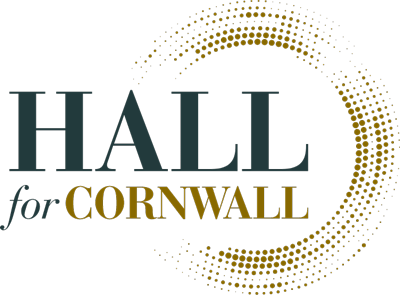
STORYPOINT 1 : THE ORDINALIA

View Storypoints Children’s Guide for Storypoint 1
The Ordinalia
The Ordinalia is the oldest surviving play cycle in Britain, possibly Europe — and it comes from Cornwall.
This series of three plays, dating back over 600 years contains scripts in Latin, English and Cornish. Dating back way before Shakespeare, these manuscripts reveal a way of life lost in the mists of time. The documents are crucial to our understanding of Cornish medieval theatre and the Cornish language, which would still have been spoken here when these plays were written and performed.
The subjects of the plays are Christian bible stories. They would have been a way to share these stories with a public who mainly did not read or write.
It is likely the manuscripts were written by scholars at Glasney College. Situated near Penryn, Glasney was a large and important centre of Catholic power in Cornwall until it was pulled down during the dissolution of the monasteries.
The Ordinalia consists of three plays – The Origio Mundi (The Origin of the World), The Passion and The Resurrection.

© Bodleian Libraries, University of Oxford
A festival experience
The plays would have originally been performed in a round outdoor theatre space known as a plen an gwari. There is evidence that these large earthen circles were once dotted the length and breadth of Cornwall. You can see physical reminders today in place names such as Playing Place near Truro and still visible structures, most notably in St Just in Penwith and Piran Round near Perranporth. They’re the earliest examples of theatres still in existence in the UK.
Research on Cornwall’s playing places can explored further in Will Coleman’s book, ‘Plen an Gwari: The Playing Places of Cornwall.’

Plain-an-Gwarry, St Just in Penwith Churchtown, Cornwall. The early 1900s © From the Collection of RIC
The books of the Ordinalia are like scripts, containing stage diagrams and directions that document how the plays would have been presented. Performances would have taken place over two or three days, with small stages set up on the earth banks around the plens an gwari and the performers and audience mingling in the middle.
“The Country people flock from all sides… to hear & see it: for they have therein devils and devices, to delight as well the eye as the ear.” (Richard Carew – 1602)
Details of live animals, nudity, parades, trapdoors and tunnels, music and dancing and demons descending into the audience from the smoking door of hell more than hint at the huge dramatic spectacle they must have brought with them. Records from St Ives point towards audiences growing day-on-day as word spread. It must have seemed like magic to those used to the relative humdrum of medieval village life.
Honouring our heritage
In creating our new theatre we wanted to honour Cornwall’s heritage, paying homage to the unique theatrical spectacle of the plen an gwari as well as to the history of Truro.
The new space’s contemporary design sites the auditorium at its heart, with activity circling it. The auditorium can be accessed from either end of the building, as with the plens an gwaris themselves. [1]

Ground floor plan showing the locations of each of the ten Storpoints, leading from Boscawen Street through to Back Quay.
Running across the back of the auditorium is a corridor called the Ope, linking both sides of the building and inviting visitors to move around the end of the theatre space. This ope references the many historical cut-throughs of Truro, such as the aptly named Squeezeguts Alley, which once linked the different rivers and today criss-cross the city streets.
“The Ordinary – the chief manager. Everything was done as he prescribed and spoken as he prompted.” (William Borlase – 1758)

